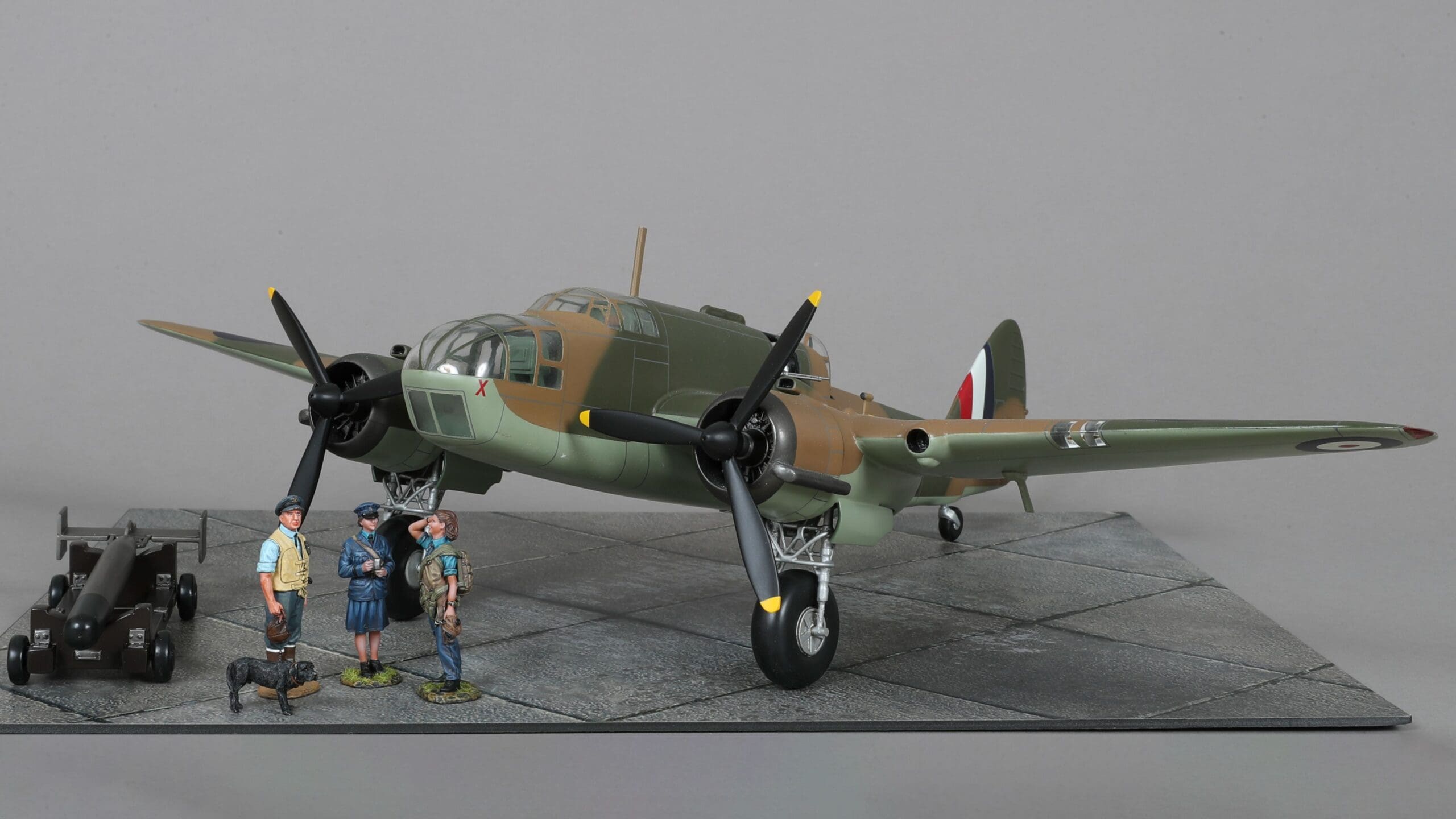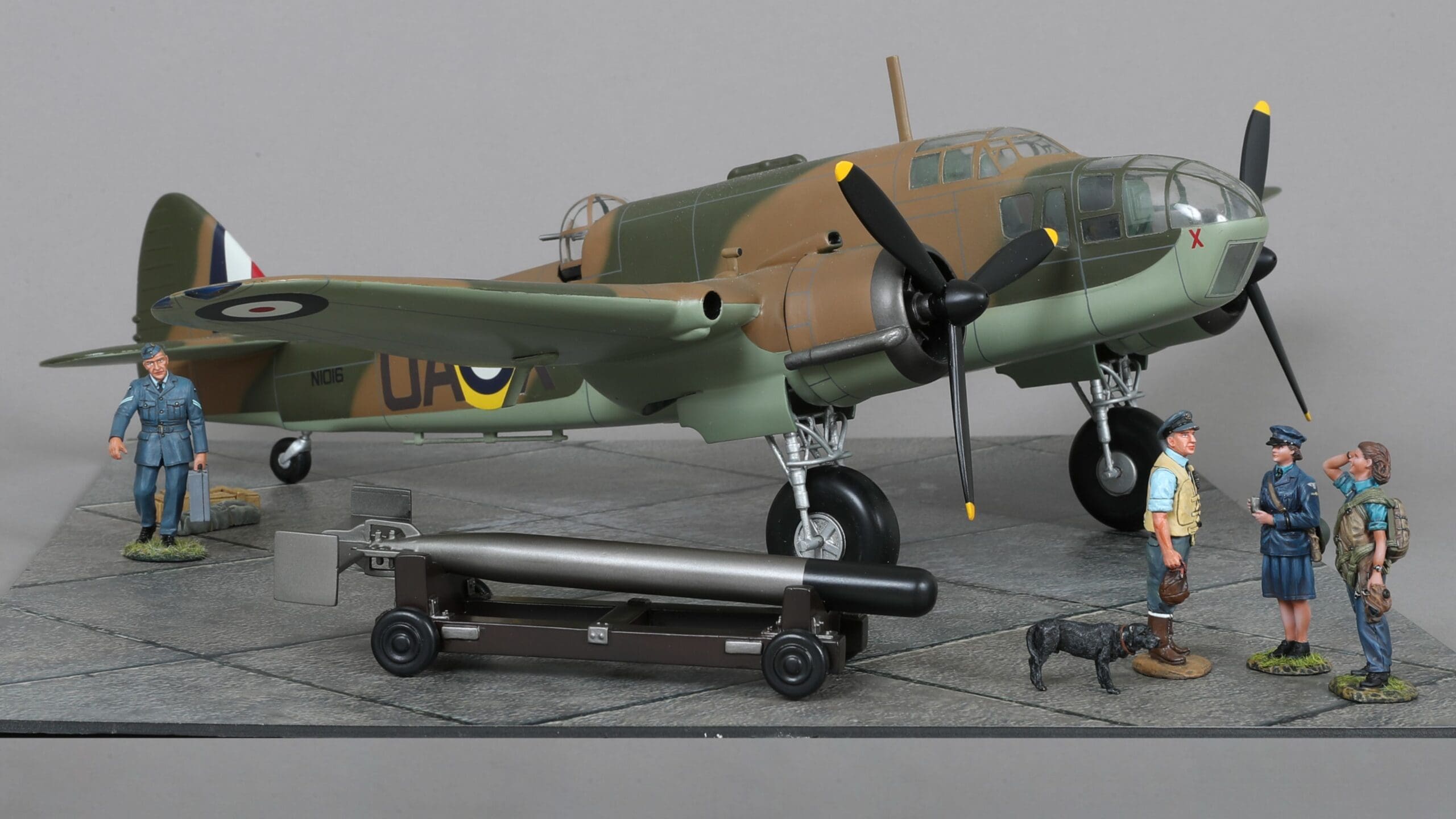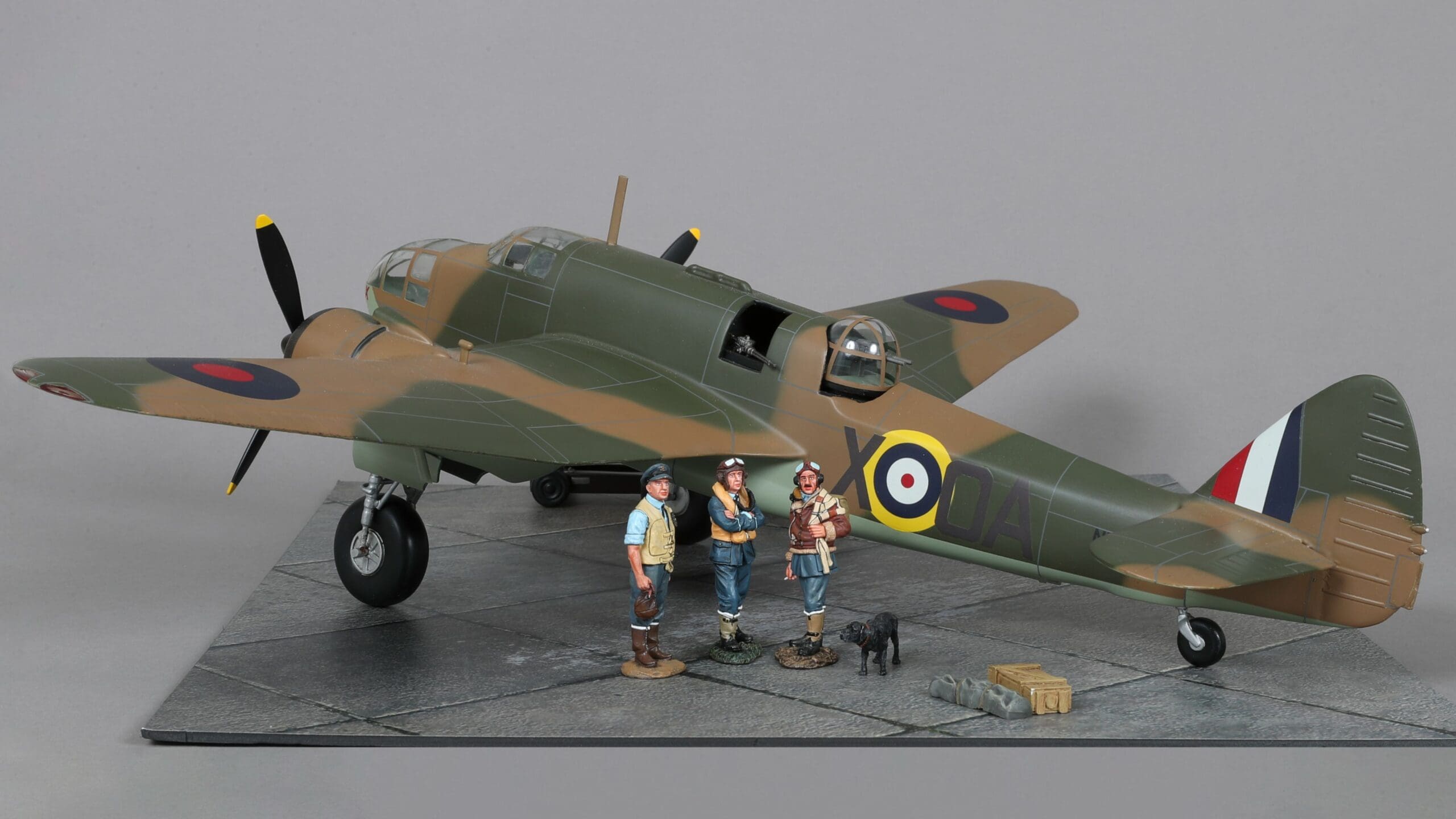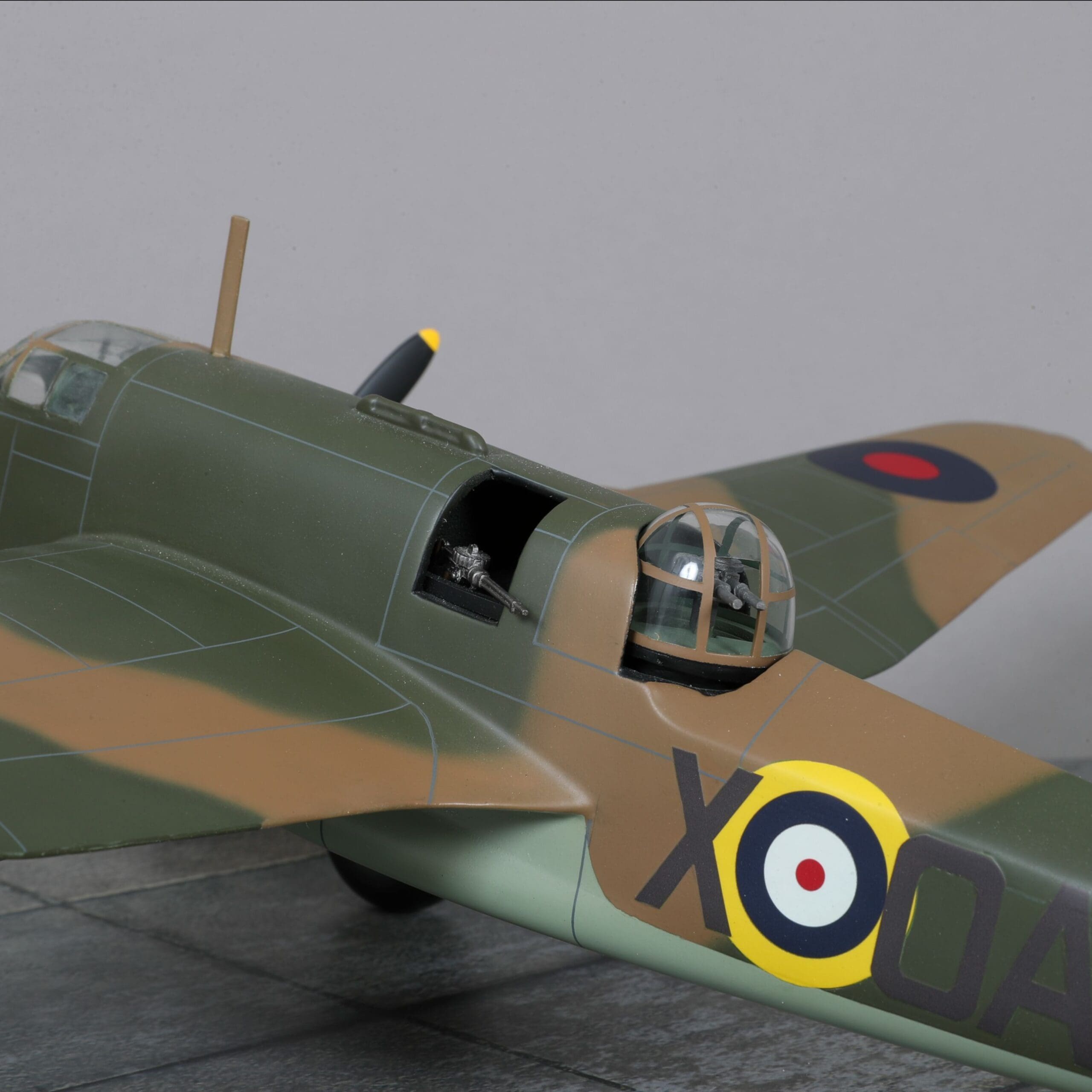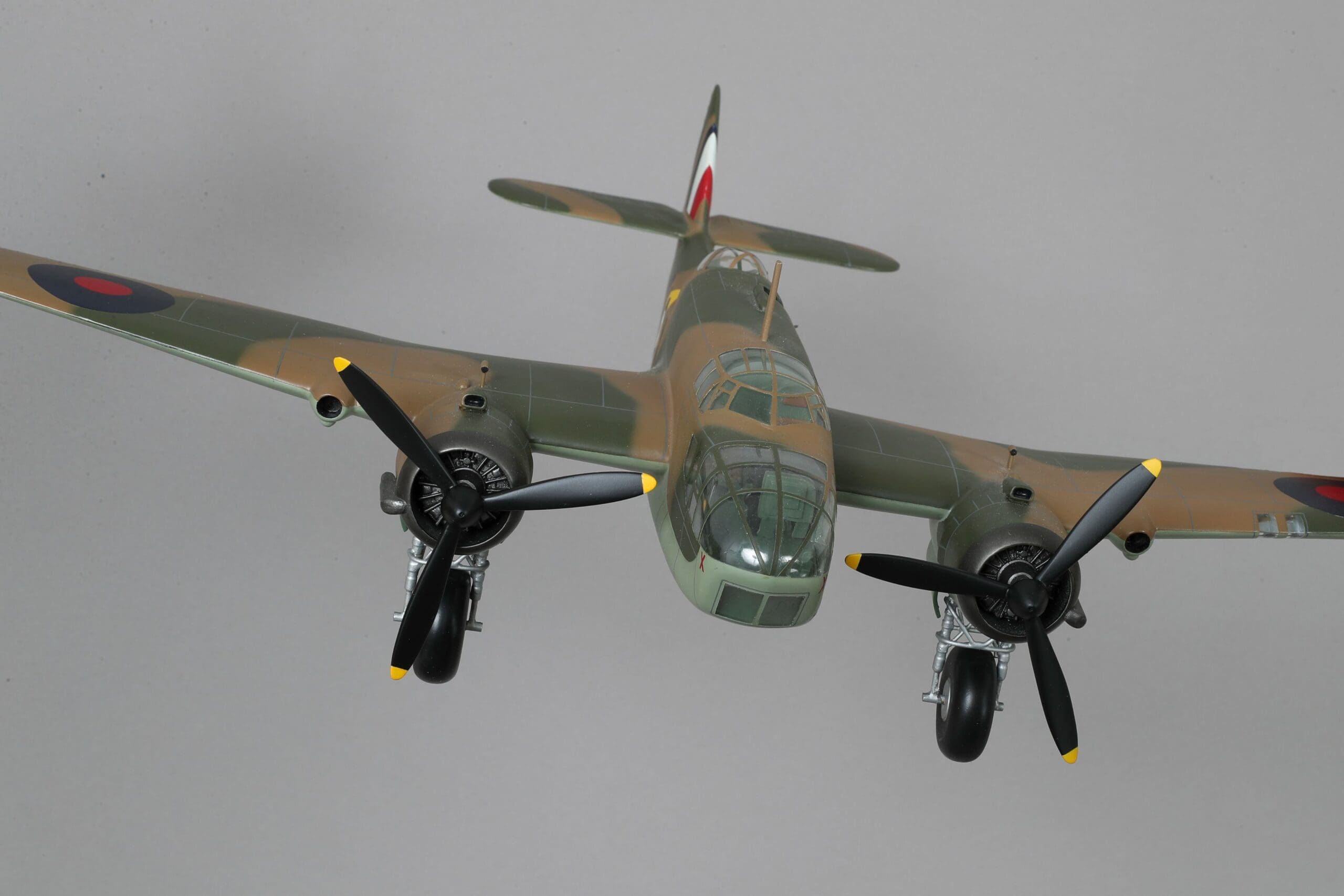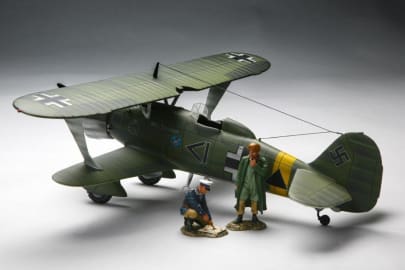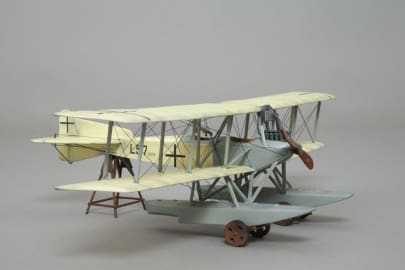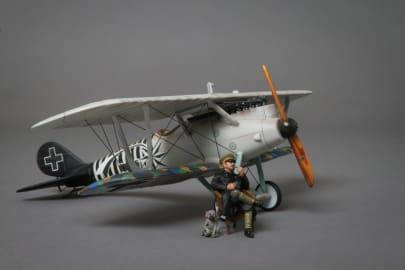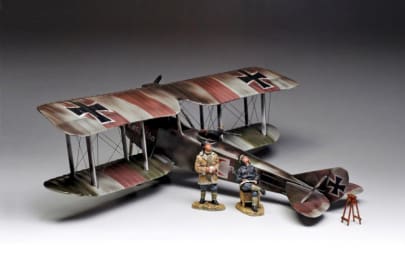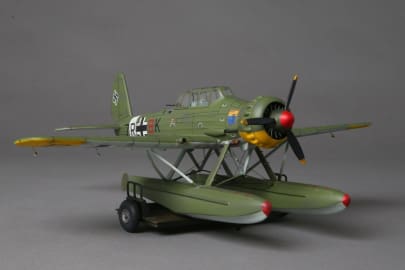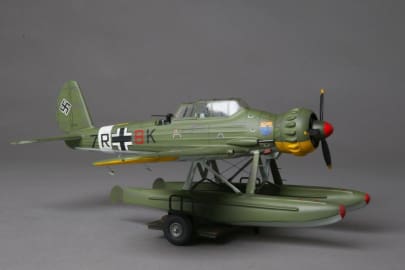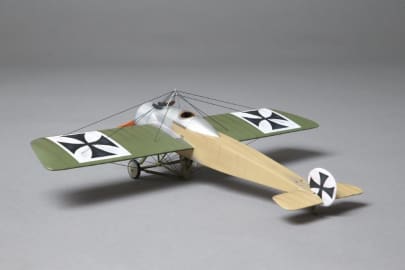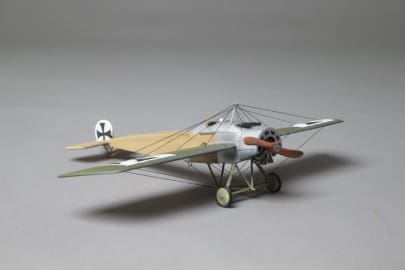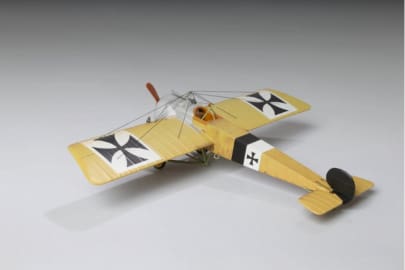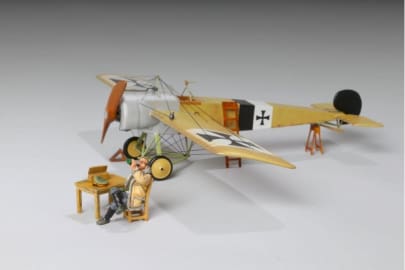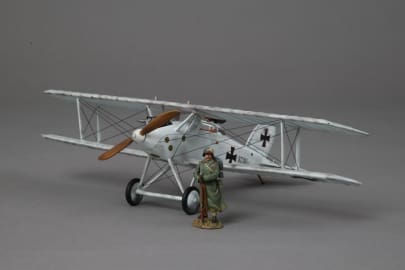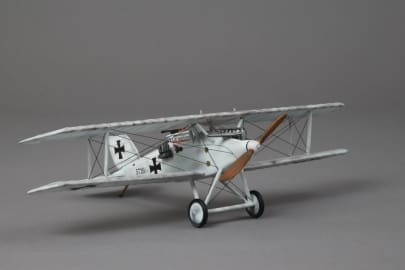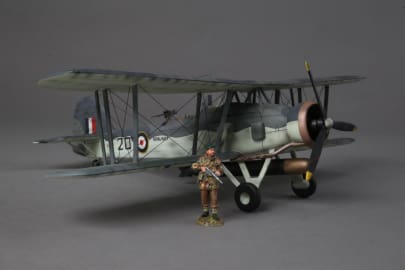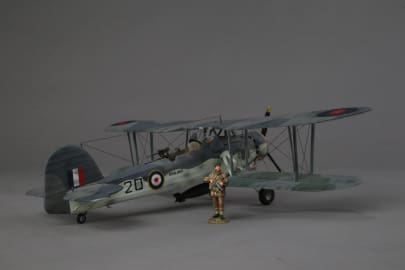- Free shipping available on orders over £100 (UK) £250 (EU) and $300 rest of the world
WOW537 BRISTOL BEAUFORT
£1,040.00
Out of stock
Description
Description
The Bristol Beaufort was a British twin-engined torpedo bomber designed by the Bristol Aeroplane Company, and developed from experience gained designing and building the earlier Blenheim light bomber. At least 1,180 Beauforts were built by Bristol and other British manufacturers.
Beauforts first saw service with RAF Coastal Command and then with the Royal Navy from 1940. They were used as torpedo bombers, conventional bombers and mine-layers until 1942, when they were removed from active service and were then used as trainer aircraft until being declared obsolete in 1945.] Beauforts also saw considerable action in the Mediterranean; Beaufort squadrons based in Egypt and on Malta helped interdict Axis shipping supplying the Afrika Korps in North Africa.
Although it was designed as a torpedo-bomber, the Beaufort was more often used as a medium day bomber. The Beaufort was adapted as a long-range heavy fighter variant called the Beaufighter, which proved to be very successful and many Beaufort units eventually converted to the Beaufighter. Our 1/30 scale Mahogany Beaufort was flown by Kenneth Campbell VC, his story is below:
On 6 April 1941 over Brest harbour, France, Flying Officer Campbell attacked the German battleship Gneisenau. He flew his Beaufort through the gauntlet of concentrated anti-aircraft fire from about 1000 weapons of all calibres and launched a torpedo at a height of 50 feet (15 m).
The attack had to be made with absolute precision: the Gneisenau was moored only some 500 yards (460 m) away from a mole in Brest’s inner harbour. For the attack to be effective, Campbell would have to time the release to drop the torpedo close to the side of the mole. That Campbell managed to launch his torpedo accurately is testament to his courage and determination. The ship was severely damaged below the waterline and was obliged to return to the dock whence she had come only the day before; she was put out of action for six months, lessening the threat to Allied shipping crossing the Atlantic.
Generally, once a torpedo was dropped, an escape was made by low-level jinking at full throttle. Because of rising ground surrounding the harbour, Campbell was forced into a steep banking turn, revealing the Beaufort’s full silhouette to the gunners. The aircraft met a withering wall of flak and crashed into the harbour. The Germans buried Campbell and his three crew mates with full military honours.
This is a 1/30 scale model with only 5 available worldwide.

